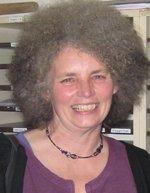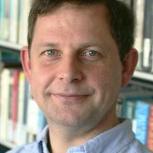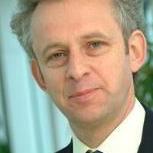Developing a new generation of super computers and exploring the origins of the universe are just two activities within a wide array of research programmes underway in the mathematics and physics departments at Cambridge. Carefully stored in the Wren Library at Trinity College, Cambridge is a first edition of the Philosophiae Naturalis Principia Mathematica by Sir Isaac Newton, the farmer's son who discovered the laws of gravity, acceleration and reciprocal action. It includes annotated corrections, in Newton's own handwriting, for the second edition. Newton's successors at Cambridge include Charles Babbage, who planned to create a mechanical 'difference engine' - now seen as the world's first computer - JJ Thomson, who discovered the electron, and Sir Jagadish Chandra Bose, who demonstrated wireless communication using radio waves two years before Marconi. Today Cambridge has one of the greatest concentrations of mathematicians and physicists in the world. They include Professor Stephen Hawking, the world's most famous theoretical physicist. The collective genius of these scientists brings us closer to questions that have puzzled humanity for millennia. What are the smallest particles of matter? How did the Universe originate? What is the nature of space time? Their students share a fascination for making sense of the Universe and looking ever deeper into the laws that govern it.



